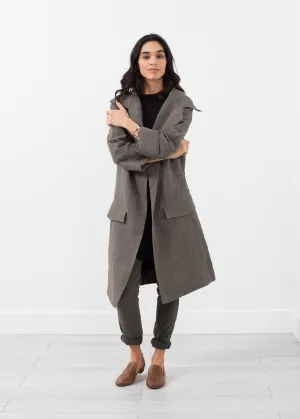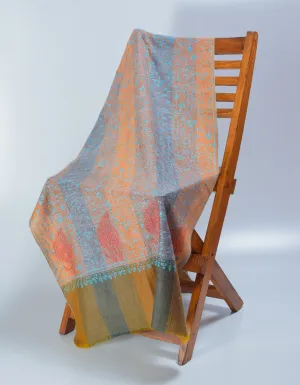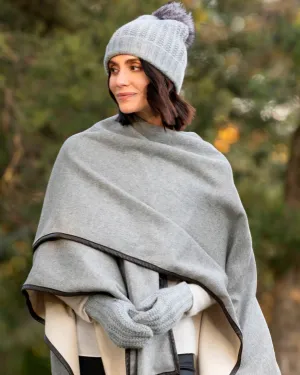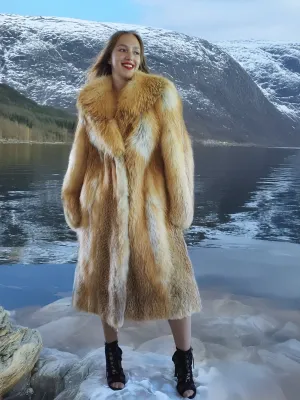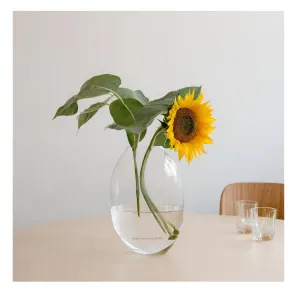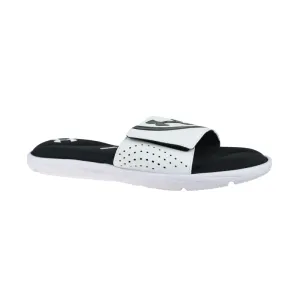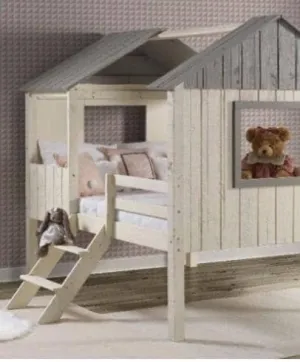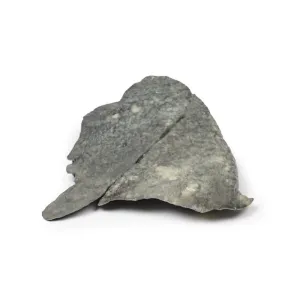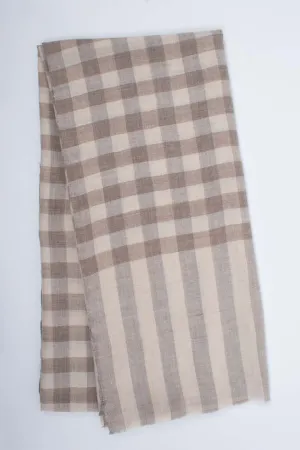Original Item: Only One Available. This is a very nice German WWII Medical Officers great coat or overcoat, constructed with an outer shell of heavy wool. There is a tailor tag on the inside left pocket for Gunter Viohl. The buttons are marked as Extra Fein. There are a few moth nips throughout the coat, but nothing major.
The shoulder boards are a very nice set of German WWII Wehrmacht Medical Service Oberfeldarzt's (Senior Field Surgeon's) Schulterstücken (Shoulder boards) with a single star in line with a Caduceus (Universal Medical Symbol). A Senior Field Surgeon was roughly equivalent in rank to a German Heer (Army) Oberstleutnant or the U.S. Lt. Colonel rank. In the Wehrmacht medical service, this rank is the second highest Stabsoffiziere (Staff / Field Grade Officer).
The Shoulder boards have the correct medizinblau (Medical Blue) colored backing, the correct Waffenfarbe (Corps Color) for the Heer Military medical service (Sanitätstruppe).
This is a great example of a genuine WWII wool greatcoat and would display fantastically.
Measurements:
Collar to shoulder: 10”
Shoulder to sleeve: 26.5”
Shoulder to shoulder: 18”
Chest width: 21”
Waist width: 22”
Hip width: 33”
Front length: 53.5"
Following the invasion of the Soviet Union the Greatcoat was found to be
insufficient for the Russian winter and they were replaced by more effective clothing.
Overcoats in various forms have been used by militaries since at least the late 18th century, and were especially associated with winter campaigns, such as Napoleon's Russian campaign. The full-length overcoat was once again popularized by the use during World War I of the trench coat.
Stereotypically, overcoats used by the army tended to be single-breasted, while navies often used double-breasted overcoats. Overcoats continued to be used as battle dress until the mid-1940s and 1950s, when they were deemed impractical. However, in colder countries, such as the former Soviet Union, they continue to be issued and used. When more efficient clothing and synthetic fibers became readily available, the overcoat began to be phased out even there.















